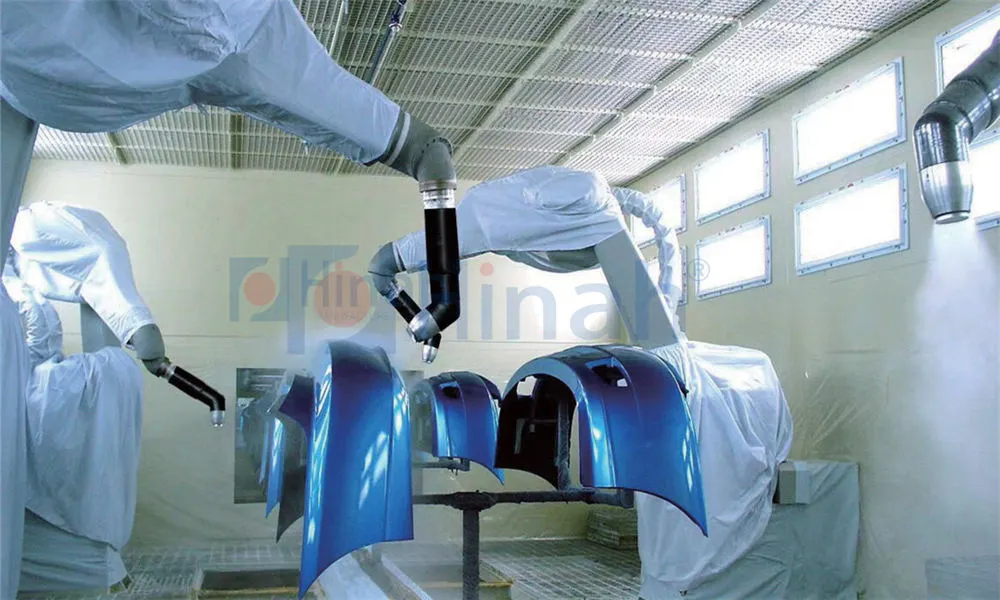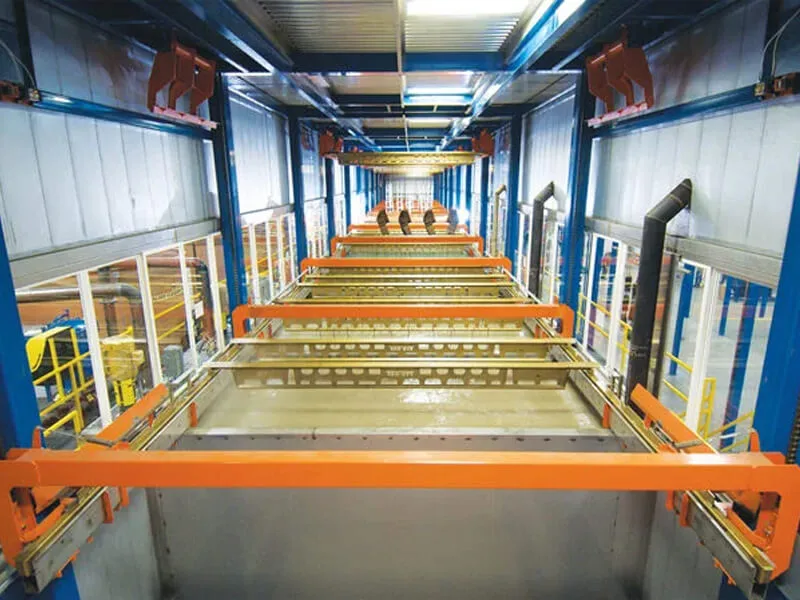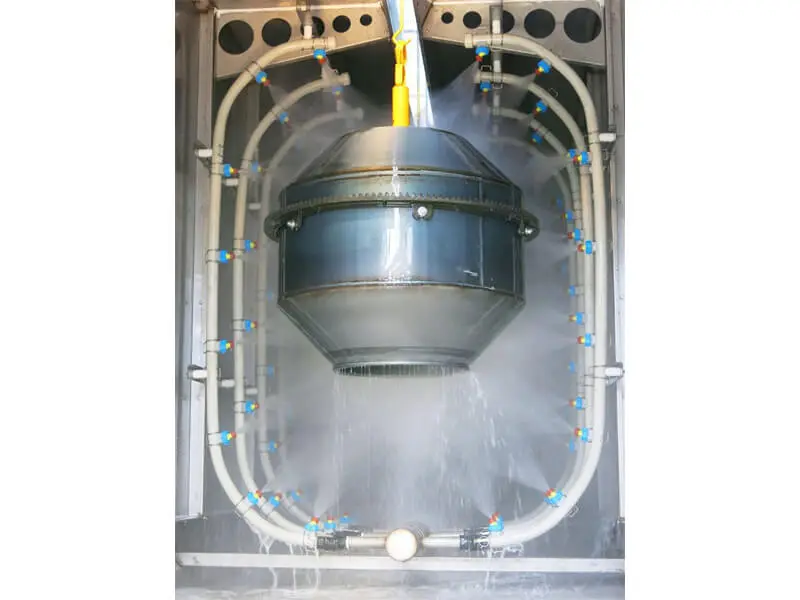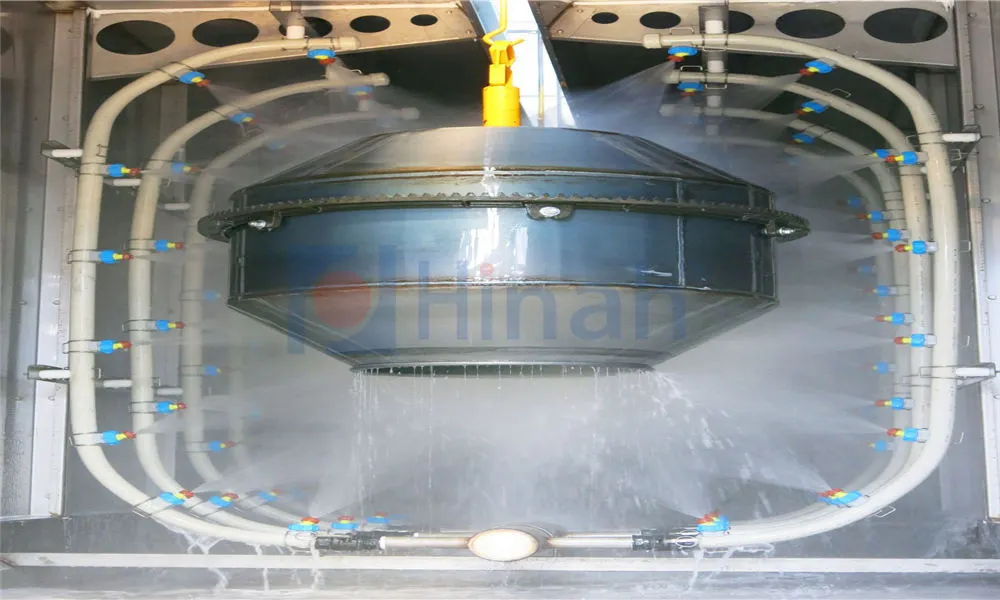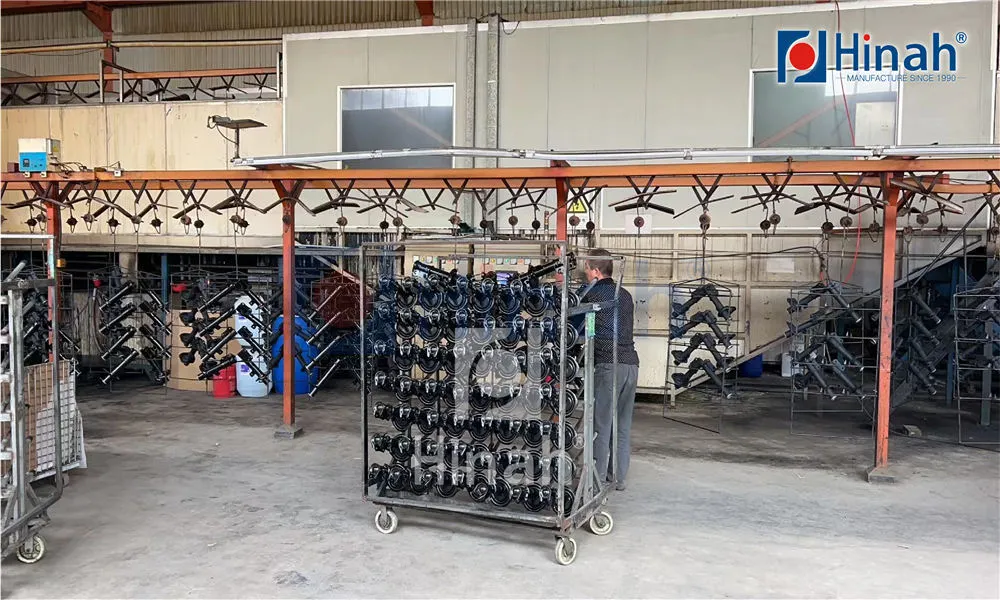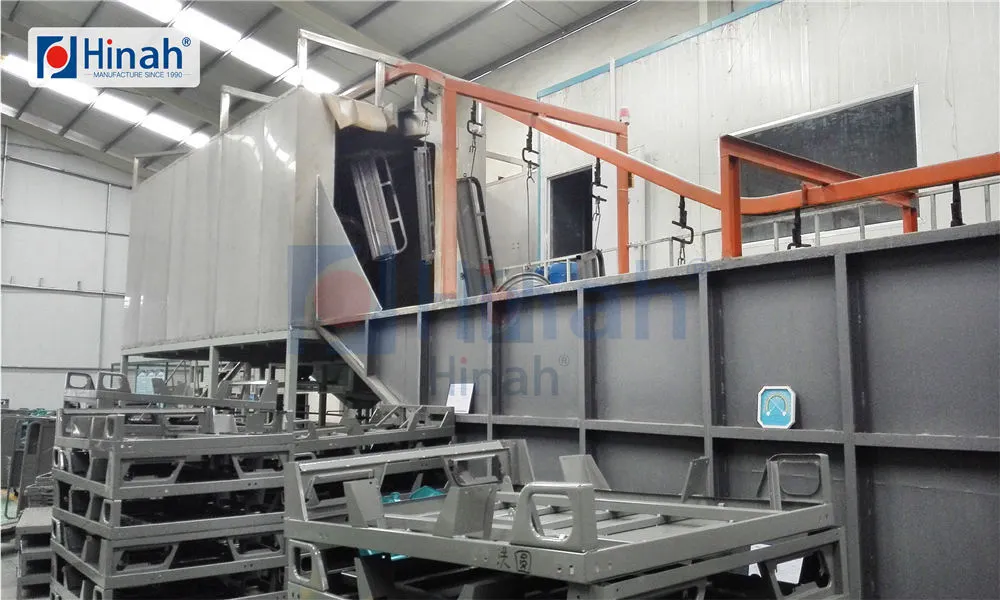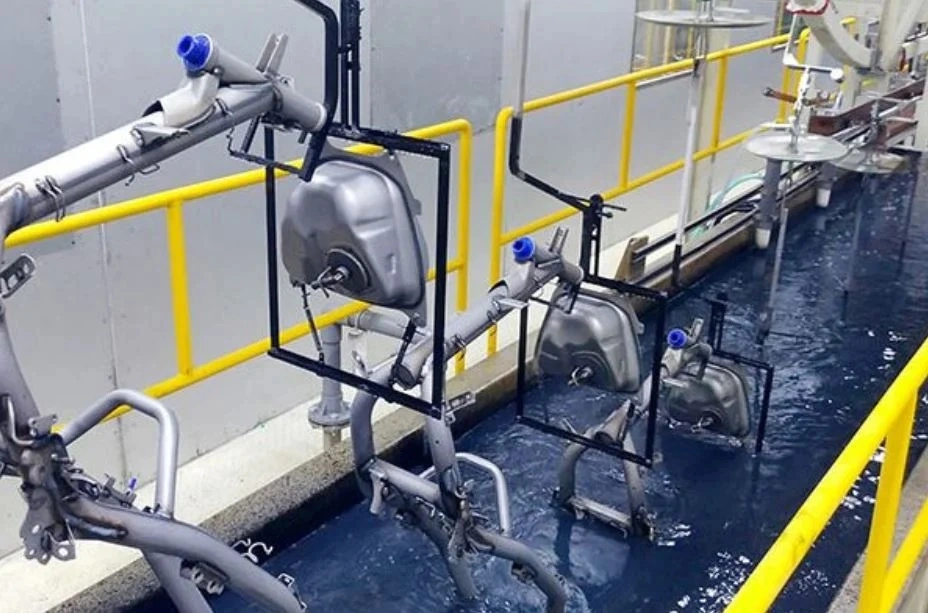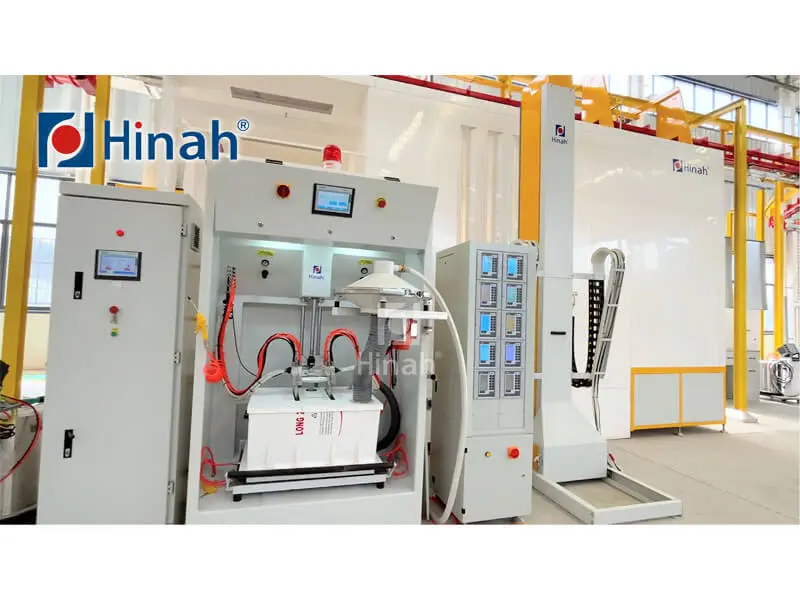If you’re working with advanced materials like carbon fiber, you already know that proper curing is non-negotiable. At the heart of this critical process is the composite curing oven—a piece of equipment that applies precise heat and pressure to transform layered composites into incredibly strong, rigid, and finished parts. Whether you're in aerospace, automotive, or the exciting world of hobbyist fabrication, understanding the technology behind these ovens is key to achieving superior results.
This article will serve as your comprehensive resource. We’ll explore the factors influencing composite curing oven price, examine the feasibility of a composite curing oven DIY project, guide you in selecting a reputable curing oven manufacturer, and break down the essentials of how to cure carbon fiber parts effectively. Finally, we’ll address common pitfalls to ensure your curing process is flawless.
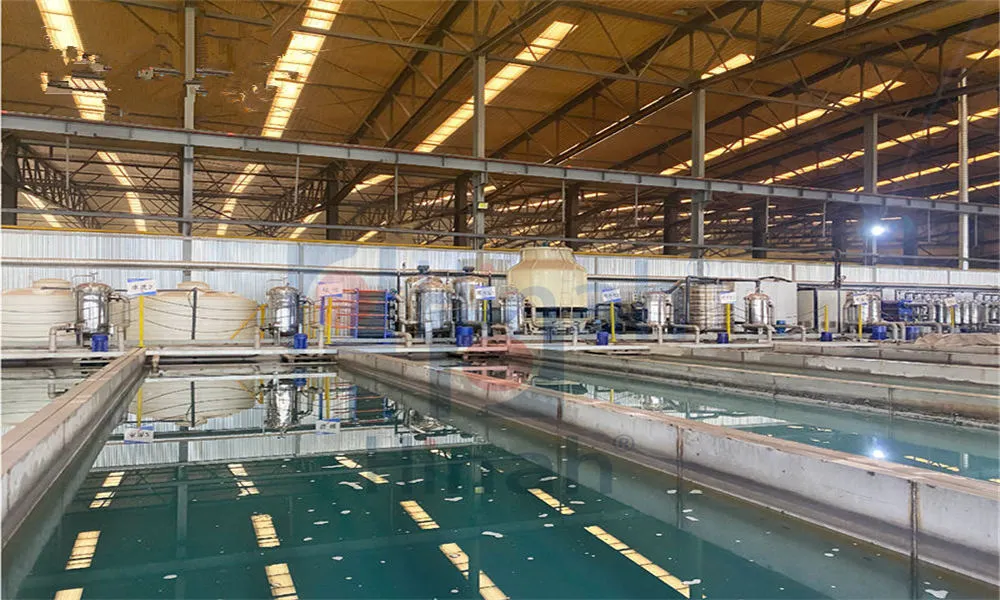
What is a Composite Curing Oven and Why is it Crucial?
A composite curing oven is a thermally insulated chamber used to cure composite materials by subjecting them to a specific, controlled temperature cycle. Unlike a simple dryer, these ovens provide precise, uniform heat that is essential for initiating and managing the exothermic chemical reaction within the resin (epoxy, polyester, etc.). This process, known as cross-linking, hardens the resin and bonds it permanently with the reinforcement fibers (like carbon or fiberglass), determining the final part's mechanical properties, dimensional stability, and overall quality.
Without proper curing, parts can suffer from:
Weakness: Incomplete resin polymerization leads to poor structural integrity.
Delamination: Layers of the composite separate under stress.
Warping: Uneven heating causes distortions and residual stresses.
Surface Defects: Issues like orange peel or soft spots can emerge.
Understanding Composite Curing Oven Price Factors
The composite curing oven price is rarely a simple number; it's a reflection of a wide array of specifications and capabilities. Prices can range from a few thousand dollars for a small, basic benchtop unit to several hundred thousand dollars for a large, industrial-scale system. Here’s what drives the cost:
Size and Capacity: This is the most obvious factor. A small oven for drone arms or bicycle components will cost significantly less than an oven large enough for a car chassis or aerospace wing section.
Temperature Range and Uniformity: Standard ovens might operate up to 350°C (660°F), which suffices for many epoxies. High-temperature applications for advanced composites may require ranges up to 450°C or even 700°C, necessitating more sophisticated heating elements and insulation, which increases the composite curing oven price.
Heating Technology: Common methods include electric (the most common), infrared, and gas. Electric ovens are prized for their control and cleanliness. Infrared can offer faster heating times but requires careful calibration for uniformity.
Control System: Basic models may have simple analog thermostats. Modern ovens feature programmable logic controllers (PLCs) with touchscreen interfaces. These allow operators to create, store, and execute complex multi-stage cure cycles with precise ramp-up, hold, and cool-down stages—a critical feature for advanced materials.
Airflow and Ventilation: Uniform temperature is achieved through a forced air circulation system. The design of the airflow (vertical vs. horizontal, high turbulence) is crucial for eliminating hot and cold spots, especially in larger ovens.
Construction and Insulation: The quality of the steel casing, the thickness and type of insulation (e.g., mineral wool, ceramic fiber), and the sealing of the door all impact thermal efficiency, safety, and long-term durability.
Customization and Compliance: Ovens built to specific customer requirements or to meet certain industry standards (e.g., NADCAP for aerospace) will command a higher price.
When budgeting, consider not just the initial purchase but also installation, maintenance, and the cost of operation (energy consumption).
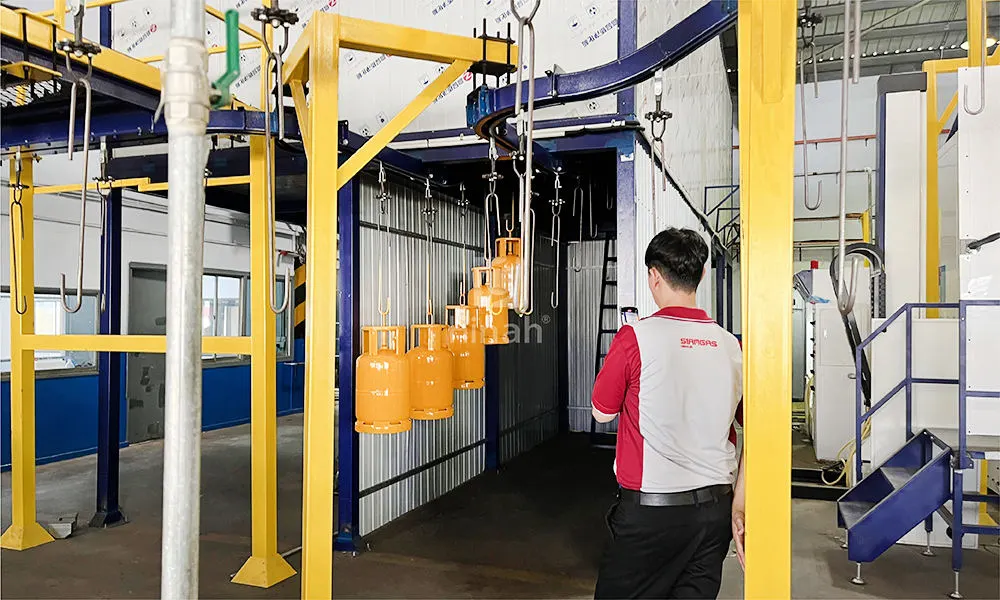
The Feasibility of a Composite Curing Oven DIY Project
For hobbyists, startups, or those on an extremely tight budget, the idea of a composite curing oven DIY build is enticing. It's certainly possible, but it comes with significant challenges and risks.
Common approaches to a DIY build include:
Retrofitting an Old Oven: Converting a discarded kitchen or pizza oven. This is often limited by size and maximum temperature.
Building from Scratch: Constructing an insulated box from materials like sheet metal and high-temperature insulation (e.g., rockwool), then installing heating elements and a fan from an old oven or purchased separately.
Key Components for a DIY Build:
Insulated Chamber: The core structure.
Heating Elements: Typically Calrod-type electric heating elements.
Circulation Fan: A high-temperature fan to ensure even heat distribution.
Temperature Controller: This is the most critical component. A simple on/off thermostat is inadequate. A PID (Proportional-Integral-Derivative) controller is essential for maintaining a stable temperature and executing a basic cure cycle.
Significant Challenges and Warnings:
Safety: The primary concern is fire risk. Electrical systems must be properly rated and installed. Insulation must be non-flammable.
Temperature Uniformity: Achieving a consistent temperature throughout the chamber is extremely difficult without professional engineering. A variance of more than ±5°C can ruin a part.
Control: Inadequate control can lead to under-curing or over-curing, wasting expensive materials.
Time and Cost: By the time you source quality components and invest dozens of hours, the final cost may approach that of an affordable entry-level oven from a small curing oven manufacturer.
A composite curing oven DIY project can be a rewarding experiment for a knowledgeable hobbyist making small parts, but for any professional or repeatable results, investing in a professionally built system is highly recommended.
Choosing the Right Curing Oven Manufacturer
Selecting a reputable curing oven manufacturer is one of the most important decisions you will make. The right partner ensures you get a reliable, efficient, and safe oven tailored to your needs.
What to Look For in a Manufacturer:
Experience and Reputation: How long have they been in business? Do they have case studies or testimonials from companies in your industry?
Industry Specialization: Some manufacturers focus on aerospace, others on automotive or research labs. Find one that understands your specific application.
Customization Capability: Can they modify a standard design to fit your space, power requirements, or unique process needs?
Control System Expertise: The brain of the oven is its controller. Ensure they offer user-friendly and powerful software for cycle programming and data logging.
Service and Support: What are their lead times for installation and maintenance? Is technical support readily available? What is their policy on spare parts?
Safety and Compliance: Ensure their ovens are built to relevant electrical and safety standards (e.g., UL, CE).
A strong curing oven manufacturer will act as a consultant, helping you specify the right size, temperature range, and features to meet your technical requirements and budget.
How to Cure Carbon Fiber Parts: A Step-by-Step Process
Understanding how to cure carbon fiber parts is essential, whether you're using a professional oven or a DIY setup. The process is dictated by the resin system's technical data sheet (TDS), which is your essential guide.
Preparing the Part: The carbon fiber layup must be consolidated in a mold, typically under vacuum bagging. This removes air bubbles and excess resin, compacting the layers before they enter the oven.
Understanding the Cure Cycle: The TDS provides a precise cure cycle graph. This isn't just a single temperature. It's a recipe with:
Ramp Rate: The speed at which the temperature increases (e.g., 2°C per minute). Heating too quickly can cause thermal runaway, where the resin's own exothermic reaction overheats the part internally.
Dwell/Hold Soak: A specific temperature is held for a specific time (e.g., 120°C for 90 minutes) to allow the core of the part to fully cure.
Cool Down Rate: The controlled rate at which the oven cools. Cooling too quickly can cause the part to warp or crack due to thermal contraction.
Loading the Oven: Place the part in the mold (or on a tool) inside the oven, ensuring nothing obstructs the airflow. Use thermocouples placed on the part itself (and possibly inside a thick section) to monitor the actual part temperature, not just the air temperature.
Running the Cycle: Program the oven controller with the cycle parameters from the TDS. Start the cycle and monitor it, especially the first time.
Post-Cure (If Required): Some high-performance resins require a post-cure—a secondary, higher-temperature cycle after demolding—to achieve their ultimate mechanical properties. Again, follow the TDS.
The precise science of how to cure carbon fiber parts is what separates amateur results from professional, aerospace-grade quality.
Common Problems and Troubleshooting in Composite Curing
Even with the right equipment, issues can arise. Here are some common problems and their likely causes:
Part is Sticky or Undercured:
Cause: Oven temperature too low; cure time too short; inaccurate oven thermostat; part was too thick and the exothermic heat wasn't managed (ramp rate was too high).
Part is Brittle or Overcured:
Cause: Oven temperature too high; left in the oven for too long; inaccurate temperature control.
Warping or Distortion:
Cause: Uneven heating or cooling in the oven (poor airflow); part was removed from the mold while too hot; improper tooling design.
Delamination (Layers Separating):
Cause: Inadequate vacuum pressure during bagging; contamination between layers; incorrect ramp rate causing volatile release or thermal stress.
Voids or Air Bubbles:
Cause: Not debulked enough during layup; vacuum bag leak; ramp rate too fast, causing trapped air or volatiles to expand.
Most curing defects can be traced back to a deviation from the resin manufacturer's recommended cycle, poor temperature uniformity, or preparation errors before the part even entered the composite curing oven.
The composite curing oven is far more than just a heater; it's a precision instrument that directly defines the quality and performance of your finished composite parts. Navigating the composite curing oven price landscape requires a clear understanding of your technical needs. While a composite curing oven DIY project might seem cost-effective, the risks and limitations often make partnering with an experienced curing oven manufacturer the wiser long-term investment for reliable and repeatable outcomes.
Ultimately, success lies in the marriage of the right equipment and deep knowledge of how to cure carbon fiber parts. By respecting the science of the cure cycle, meticulously preparing your parts, and understanding common pitfalls, you can consistently produce high-performance composites that meet the most demanding specifications.


